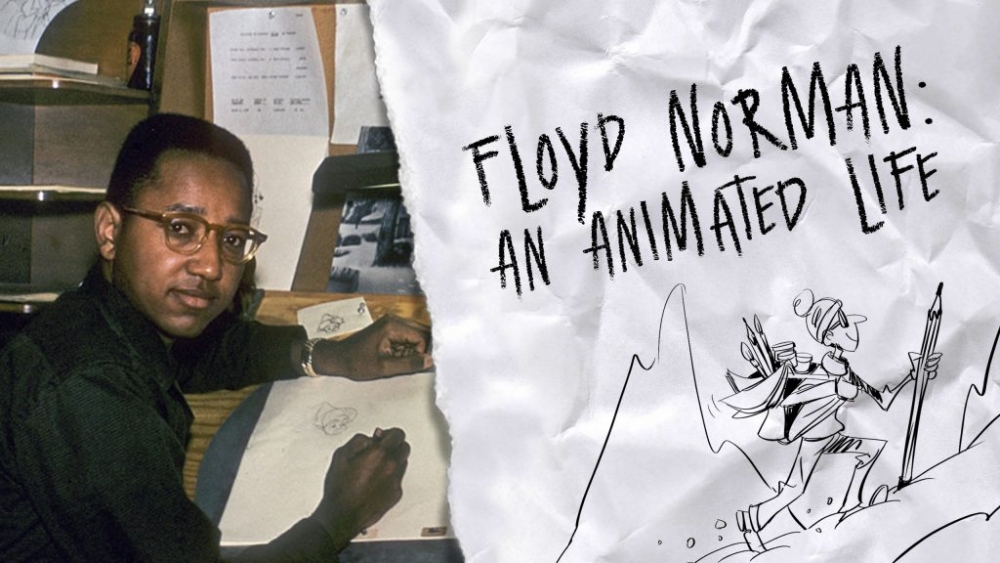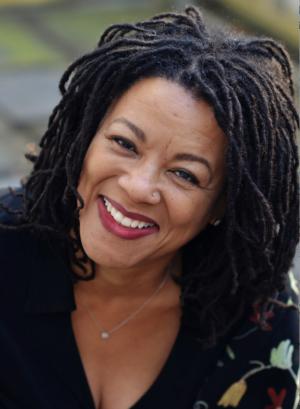
An Animated Life

In the autumn of 1941, Floyd Norman accompanied his mother to Santa Barbara’s Arlington Theatre to see Walt Disney’s new animated feature “Dumbo.” The six-year-old sat spellbound, entranced by the story of the flying baby elephant.
Twenty-five years later, Norman was on a soundstage at Walt Disney Studios, where he was working as a story artist—a sort of screenwriter whose primary tools are images rather than words. He was working with actor Sterling Holloway, who was giving voice to the hypnotic but ineffectual snake Kaa in “The Jungle Book.”
“That was truly a kid’s dream coming true,” Norman said. Holloway had voiced the role of Mr. Stork in “Dumbo;” now they were collaborating on the studio’s latest masterpiece.
Sadly, “The Jungle Book” would turn out to be Walt Disney’s final project — he died of lung cancer later that year. But Norman, who joined the studio in 1956, was just hitting his stride. The studio’s first African-American animator, he worked on many now-classic films and was officially named a “Disney Legend” in 2007.
At age 83, he still goes to work every day, usually arriving at Disney’s Burbank campus by 7 a.m. Yes, he’s officially retired. But he loves the environment, and relishes the opportunity to mentor young animators and share stories about the studio’s golden age.
“I’m only doing what the old-timers did for me when I came here as a kid,” he said. “I’m passing on what I learned to the next generation.”
The story of his life and career is told with wit and flair in the documentary “Floyd Norman: An Animated Life.” It will screen at 7 p.m. Thursday, March 7, in UC Santa Barbara’s Pollock Theater. Norman will join moderator Vilna Bashi Treitler, chair of the campus’s Department of Black Studies, for a post-screening discussion.
“Floyd Norman has had his handprint on every single milestone of North American animation, from Disney to Hannah-Barbera, to Pixar to Robot Chicken and everything in between,” said Treitler. “From that honored vantage point he’s influenced generations, helping to shape how young viewers see the world around them and how they see themselves in that world. It is not often that we have the opportunity to speak to living legends, and Norman’s visit to UC Santa Barbara is one of those rare moments.
“We are fortunate,” she added, “to have this chance to hear from him how these iconic moments of television, film, and educational video came about, learn from him how to he made his dreams come true, and perhaps glimpse the key to crafting lives doing the work we love.”
Norman was born in Santa Barbara in 1935. “My family came to California from Natchez,
Mississippi,” he said. “My Aunt Esther discovered Santa Barbara, and she spread the word to her relatives, saying basically, ‘I found the promised land. You need to come out here.’
“My wife attributes a good portion of my success to the fact I grew up in Santa Barbara,” he added. “I didn’t suffer any kind of discrimination. Santa Barbara was, and is, a place where art is celebrated. I grew up in the right town.”
He took Saturday morning art classes at the Santa Barbara Museum of Art, and started focusing on animation during his junior high school years. At his request, his parents bought him a 16mm camera and he began making short animated films, shooting one frame at a time.
“I discovered that drawing and filmmaking could be brought together in the world of animation,” he said. “I was fascinated by that combination. Drawings that could come to life! Even at that time, I had no doubt that one day, I’d be working for Walt Disney.”
He got to the studio in time to work on the final film of the studio’s golden period, “Sleeping Beauty.” “101 Dalmatians” and “The Sword in the Stone” followed. He was promoted to story artist for “The Jungle Book,” which meant he worked under Disney's direct supervision.
So what was Walt like to work for? “Somewhat intimidating, to be sure,” Norman recalled. “He was already a living legend at that time. But he was not a difficult man to work for. He was a demanding boss, but I’d never call him unreasonable. He knew what he wanted, and he expected you to do your job. I liked his directness. You knew exactly what he expected of you. That actually made my job easier.
“He would say, ‘I’m not happy with it. You can do better,’” Norman continued. “It was then up to you to solve the problem. He wouldn’t do it for you. He would just let you know you had not achieved your goal.”
At which point, Norman literally went back to drawing board.
As the documentary shows, Norman’s career featured a wide range of jobs and responsibilities at Disney, as well as long periods between stints at the studio. When the Watts riots broke out in 1965, he and a partner grabbed a 16mm camera and went there, capturing rare footage of the historic uprising. “We didn’t have any political point of view,” he insisted. “We were preserving a slice of history.”
He also made a series of documentaries about great African-Americans and — on the lighter but more lucrative side — spent years working for Hannah-Barbera on animated TV series such as “Scooby-Doo.” Later in his career, he worked at Pixar, contributing to “Toy Story 2” and “Monsters, Inc.”
No matter how varied the project, his mission was always essentially the same: To use visuals to tell a compelling story. Norman is a master of that art form.
“Art enriches us as human beings,” he said. “I can think of nothing worse than schools removing music and theater and art programs. It’s so much a part of our education. We are really not complete without the arts.”



